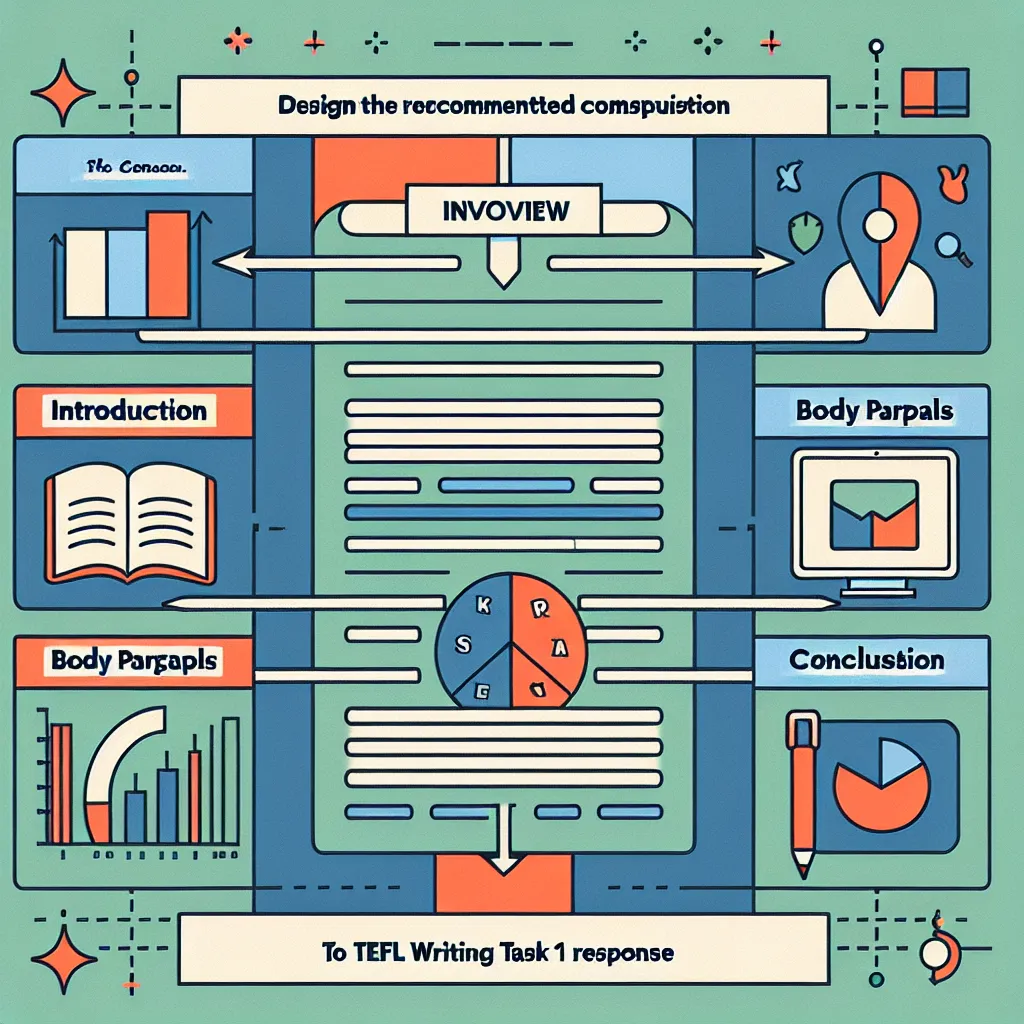Are you preparing for the TOEFL exam and feeling unsure about how to tackle the Writing Task 1? You’re not alone. Many test-takers find describing changes in graphs, charts, and tables challenging. This guide will help you master the art of describing changes effectively, boosting your confidence and improving your TOEFL Writing score.
Understanding TOEFL Writing Task 1
TOEFL Writing Task 1 requires you to describe and interpret visual information presented in graphs, charts, or tables. This task assesses your ability to analyze data, identify trends, and communicate them clearly in written English.
 TOEFL Writing Task 1 Example
TOEFL Writing Task 1 Example
Why Is Describing Changes Important?
Accurately describing changes is crucial for several reasons:
- It demonstrates your data interpretation skills
- It showcases your ability to use appropriate vocabulary and grammar
- It allows you to present a clear and coherent analysis of the information provided
Key Strategies for Describing Changes
To excel in TOEFL Writing Task 1, follow these essential strategies:
1. Identify the Main Trends
Start by looking at the overall picture. What are the most significant changes or patterns you can see? This will form the basis of your response.
2. Use Appropriate Language for Change
Employ a variety of words and phrases to describe changes accurately:
- Increase: rise, grow, climb, surge
- Decrease: fall, decline, drop, plummet
- No change: remain stable, stay constant, maintain the same level
3. Quantify Changes
When possible, use specific numbers or percentages to describe changes. For example:
- “The population increased from 1 million to 1.5 million between 2010 and 2020.”
- “Sales dropped by 25% in the third quarter.”
4. Compare and Contrast
Highlight similarities and differences between data points or trends. Use comparative and superlative forms to make your descriptions more precise:
- “Company A’s profits grew faster than Company B’s.”
- “The highest increase was observed in the 18-25 age group.”
5. Use Time Expressions
Incorporate time-related phrases to show when changes occurred:
- Over time, during the period, throughout the year
- From 2010 to 2020, between January and June
- At the beginning/end of the period
Structuring Your Response
Organize your writing task response effectively:
- Introduction: Briefly describe what the visual represents
- Overview: Summarize the main trends or changes
- Body Paragraphs: Provide detailed descriptions of specific changes
- Conclusion: Summarize the key points (optional, if time permits)
 TOEFL Writing Task 1 Structure
TOEFL Writing Task 1 Structure
Common Pitfalls to Avoid
Be aware of these common mistakes when describing changes:
- Overusing basic verbs like “increase” and “decrease”
- Failing to provide specific data or examples
- Neglecting to mention the time frame of changes
- Describing every minor detail instead of focusing on significant trends
- Using personal opinions or speculating about reasons for changes
Practice Exercises
To improve your skills in describing changes, try these exercises:
- Analyze graphs from reputable sources like newspapers or academic journals
- Time yourself describing changes in 20 minutes (the actual time limit for Task 1)
- Exchange your responses with a study partner for feedback
- Review sample high-scoring responses to understand what examiners are looking for
[internal_links]For more TOEFL Writing tips and strategies, check out our comprehensive TOEFL Writing Guide.[/internal_links]
Conclusion
Mastering the art of describing changes in TOEFL Writing Task 1 takes practice and dedication. By following the strategies outlined in this guide and consistently practicing with a variety of visual data, you’ll be well-prepared to tackle this challenging aspect of the TOEFL exam. Remember to focus on clear, accurate descriptions and use a range of appropriate vocabulary to showcase your English language skills.
Keep practicing, stay confident, and you’ll be on your way to achieving an excellent score in TOEFL Writing Task 1!




